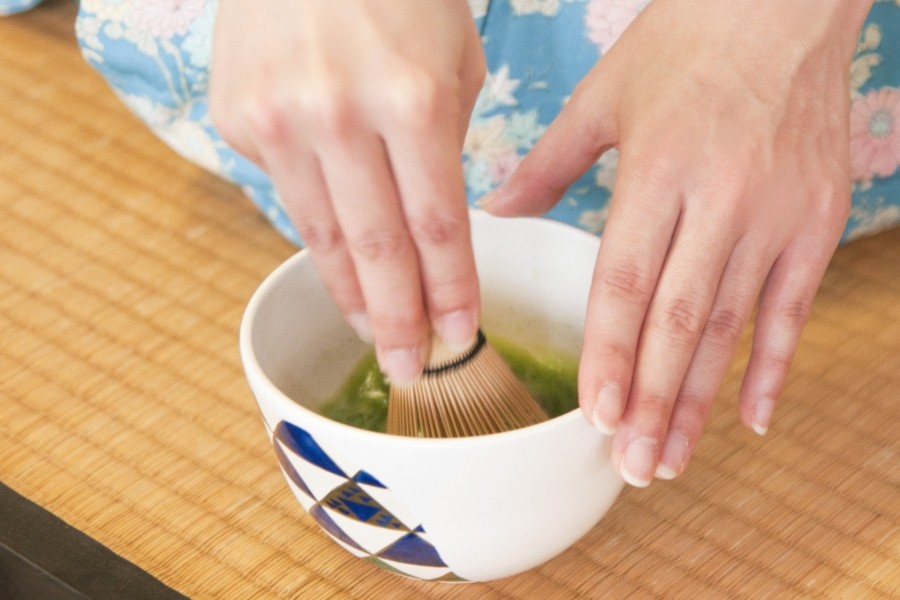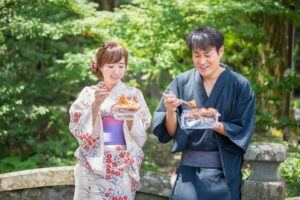How to Join a Japanese Tea Ceremony and What to Expect

The Japanese tea ceremony, or chanoyu, is more than just drinking green tea—it’s a beautiful cultural ritual that embodies harmony, respect, purity, and tranquility. Participating in a tea ceremony offers visitors a rare glimpse into Japan’s traditional aesthetics and mindful way of life. Here’s a guide on how to experience it and what to expect during your visit.
1. What Is a Japanese Tea Ceremony?
The tea ceremony has its roots in Zen Buddhism and has been practiced for centuries. The host carefully prepares and serves matcha (powdered green tea) in a calm, deliberate manner, symbolizing respect and connection between host and guest. Every movement—from cleaning the utensils to whisking the tea—is performed with intention.
2. Where to Experience It
You don’t need to be in Kyoto to enjoy a tea ceremony, though it’s often considered the best place. Many tea houses in Tokyo, Kyoto, and Kanazawa welcome beginners and international guests.
Popular spots include:
3. How to Prepare
You don’t need special knowledge, but it helps to know a few etiquette tips:
- Remove your shoes before entering the tea room.
- Bow slightly when greeting the host.
- When you receive sweets or tea, say “Osakini itadakimasu” (meaning “thank you for letting me go first”).
- Turn your tea bowl slightly before drinking, showing respect for the host’s presentation.
Wearing traditional clothing like a kimono is optional, but it adds to the experience. Many tea houses offer rental options.
4. What Happens During the Ceremony
A standard tea ceremony lasts about 30 to 60 minutes. The process usually includes:
- Guests are seated on tatami mats.
- The host cleans the tea tools in front of the guests.
- A small traditional sweet (wagashi) is served.
- The host prepares and serves matcha.
- Guests admire the tea bowl and enjoy the tea slowly.
The atmosphere is quiet and meditative—every movement and sound has meaning.
5. Why It’s Worth Experiencing
In a world that moves fast, the tea ceremony invites you to slow down. It’s not only a cultural experience but also a moment of mindfulness. The quiet setting, the aroma of tea, and the graceful gestures of the host together create an unforgettable memory.
6. Tips for Tourists
- Many tea houses require reservations, especially in Kyoto.
- Check if the ceremony is beginner-friendly or includes English guidance.
- Some venues offer short “trial sessions” perfect for first-timers.


